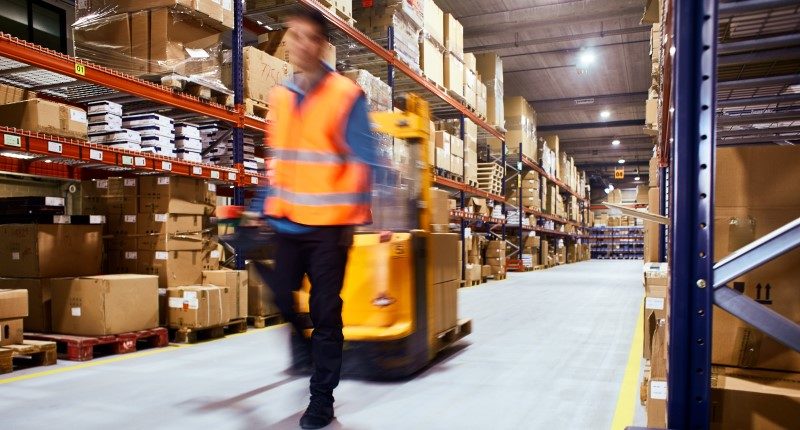
- CBRE report finds industrial and logistics bouncing back strongly
- Notably, Brisbane had the highest increase in supply as a sign of investor confidence
- National vacancy rate of 2.24%, down from 2.95% in previous report
In its latest industrial and logistics vacancy report, Australia’s largest commercial real estate company, CBRE have found the sector is bouncing back following the COVID-19 related challenges.
In fact, the rebound has been so strong that Cameron Grier, from CBRE’s Advisory & Transaction Services, said he has “not witnessed such vast volumes of leasing inquiry” in 20 years.
“This has not been restricted to the major East Coast market,” Mr Grier also noted, “with South Australia and Western Australia also experiencing record leasing demand.”
Notably, Brisbane experienced the highest increase in the supply of industrial and logistics assets over a six-month period – causing the vacancy rate to rise slightly from 2.56% to 2.90%.
Occupiers have been quick to capitalise on new space, with CBRE’s data calculating a net absorption figure of over 190,000 sqm across Brisbane.
The national net absorption figure across Australia’s five major cities was over 1,700,000 sqm.
Of Brisbane’s 277,901 sqm of new supply in Q4 2020 and Q1 2021, 189,923 sqm was in the western corridor, where occupier demand ensured the vacancy rate only rose from 3.3% to 4.38%.
“In Brisbane, we saw a large influx of supply as developers reacted to favourable market conditions,” said CBRE’s Research Analyst, Gus McConnell.
“Although we expect the total supply brought to the market to fall slightly in 2021, this demonstrates the confidence from investors in the Brisbane industrial market.”
Gus McConnell, CBRE Research Analyst
Meanwhile in other areas of Brisbane, the vacancy rate is lowest in the M1 corridor at 0.2%, down from 2.2% six months earlier, followed by the north on 0.9%.
Elsewhere, Sydney’s 1.40% vacancy rate is the lowest in Australia, followed by Melbourne at 1.55%, while Brisbane comes in ahead of Adelaide and Perth, at 3.20% and 4.30% respectively.
The national average vacancy rate of 2.24% is down from 2.95% in the inaugural H2 2020 National Vacancy Report.
“From an occupier’s point of view, the expected tightening of vacancy across all markets means that they now need to start thinking about their moves much earlier to ensure the continuity of their supply chains,” Mr Grier concluded.
~~
For more details, view CBRE’s Industrial & Logistics Vacancy Report: H1 2021.







